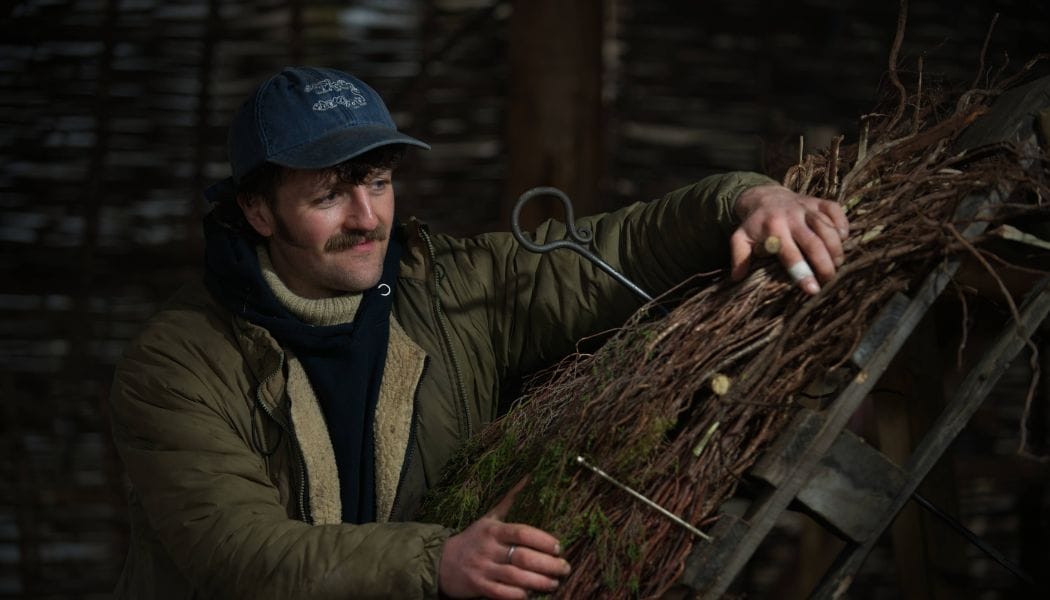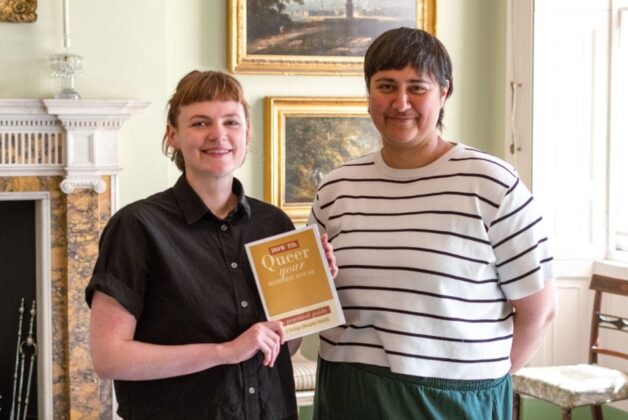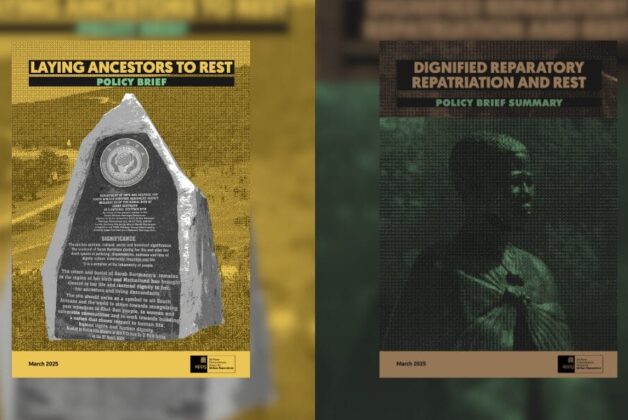Image: Thatching is among the skills to go on the register (Historic Environment Scotland)
Heritage skills at risk in Scotland as Historic Environment Scotland launches register to track dwindling traditional craftsmanship and attract new talent.
A shortage of heritage skills such as glass making, stonemasonry, and thatching is at risk of creating a skills crisis, Historic Environment Scotland (HES) has warned.
The organisation says a lack of awareness about the scale of the issue, and too few training opportunities for young people could see the skills disappear entirely.
To keep track of the issue, the organisation is working with the Institute of Conservation (Icon) and partners to develop a new risk register.
The Heritage Skills At Risk Register will highlight the traditional building and heritage skills most at risk of disappearing. It will track the identification, assessment and classification of skills such as thatching, traditional stained and leaded glass making, architectural blacksmithing, and stonemasonry.
HES said demand for such skills is growing rapidly, partly because of the urgent need to retrofit historic buildings to help meet national et zero targets.
But it says that there are fewer than ten trained thatchers in Scotland, only five Icon-registered stained-glass conservators, 20 architectural blacksmiths with traditional fore skills, and fewer than 300 trained stonemasons.
HES said it will work with Icon and other partners through the heritage sector’s Skills Investment Plan to identify the skills most at risk, following in the footsteps of the UK-wide initiative to identify and track endangered skills through the Heritage Crafts Red List.
Dr David Mitchell, Director of Cultural Assets at HES, said the organisation has been “sounding the alarm” on Scotland’s heritage skills shortage for some time.
“The Heritage Skills At Risk Register is a proactive measure to help address this crisis, and we urge other organisations to contribute to it so we can collaboratively build a comprehensive national picture of where skills are needed,” Mitchell added.
“We need a concerted effort to attract young people into the sector from schools, colleges and universities, as well as encouraging skilled workers and career changers to consider this vital field.





